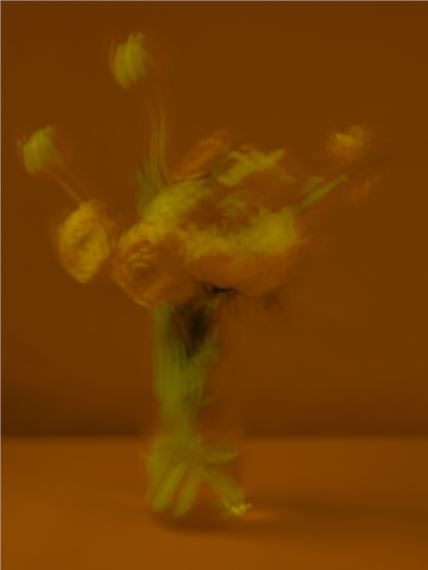Elliot & Erick JimГ©nez: Entre Dos Mundos
LucumГ went from a hidden, closed practice to an accepted part of culture in Cuban society that exists side by side with Catholicism and Christianity, despite the anti-clericalism of Cuban politics. Even though there is a population wide understanding and general tolerance of LucumГ in Cuban society, Catholicism is still used to mask LucumГ or Santero practices by some, as obscurity, mysticism, and at times, stigma, overshadow the religion.

Recommended for you
LucumГ went from a hidden, closed practice to an accepted part of culture in Cuban society that exists side by side with Catholicism and Christianity, despite the anti-clericalism of Cuban politics. Even though there is a population wide understanding and general tolerance of LucumГ in Cuban society, Catholicism is still used to mask LucumГ or Santero practices by some, as obscurity, mysticism, and at times, stigma, overshadow the religion.












